For young homebuyers, achieving the dream of homeownership can quickly become a financial minefield, filled with hidden costs and unexpected expenses that go beyond a monthly mortgage payment. From fluctuating interest rates to overlooked maintenance costs, we look at 21 surprising financial burdens facing today’s young homebuyers:
Rising Interest Rates

With interest rates on the rise, even a small increase can significantly affect a monthly mortgage payment, adding thousands of dollars over the life of the loan. This can strain tight budgets and make homeownership more expensive than initially anticipated.
Closing Costs

Closing costs, which can be 2-5% of the home’s purchase price, often come as a shock to first-time buyers. These include fees for appraisals, inspections, title insurance and loan origination, adding thousands to the initial expense.
Private Mortgage Insurance (PMI)

For buyers who can’t afford a 20% down payment, lenders usually require PMI, which can cost 0.5% to 1% of the total loan amount annually. This extra expense adds no equity to the home but protects the lender in case of default.
Homeowners Association (HOA) Fees
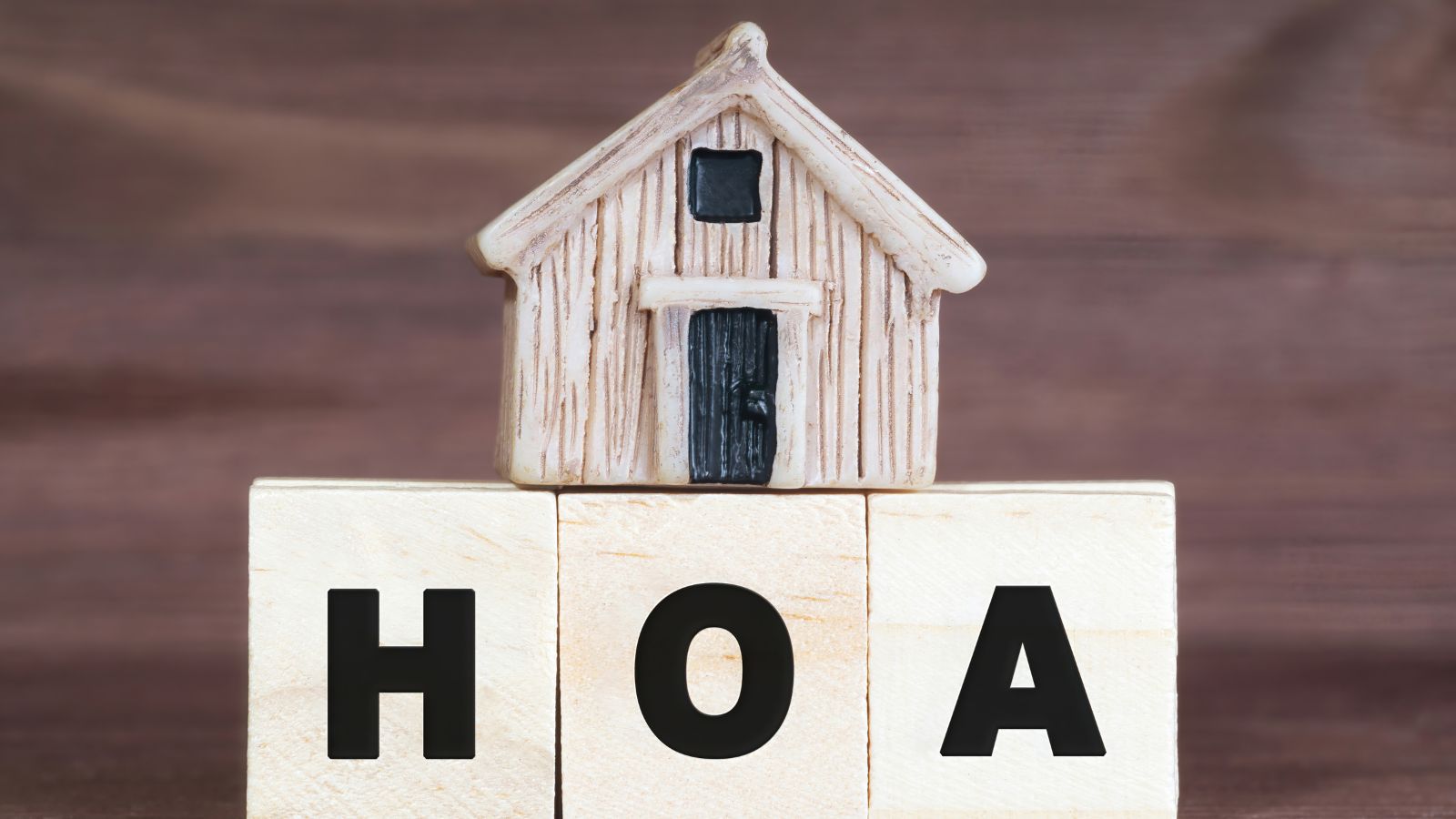
While HOA fees contribute to neighborhood amenities and upkeep, they’re a recurring expense that can add hundreds to monthly costs, especially in urban areas or gated communities.
Property Taxes
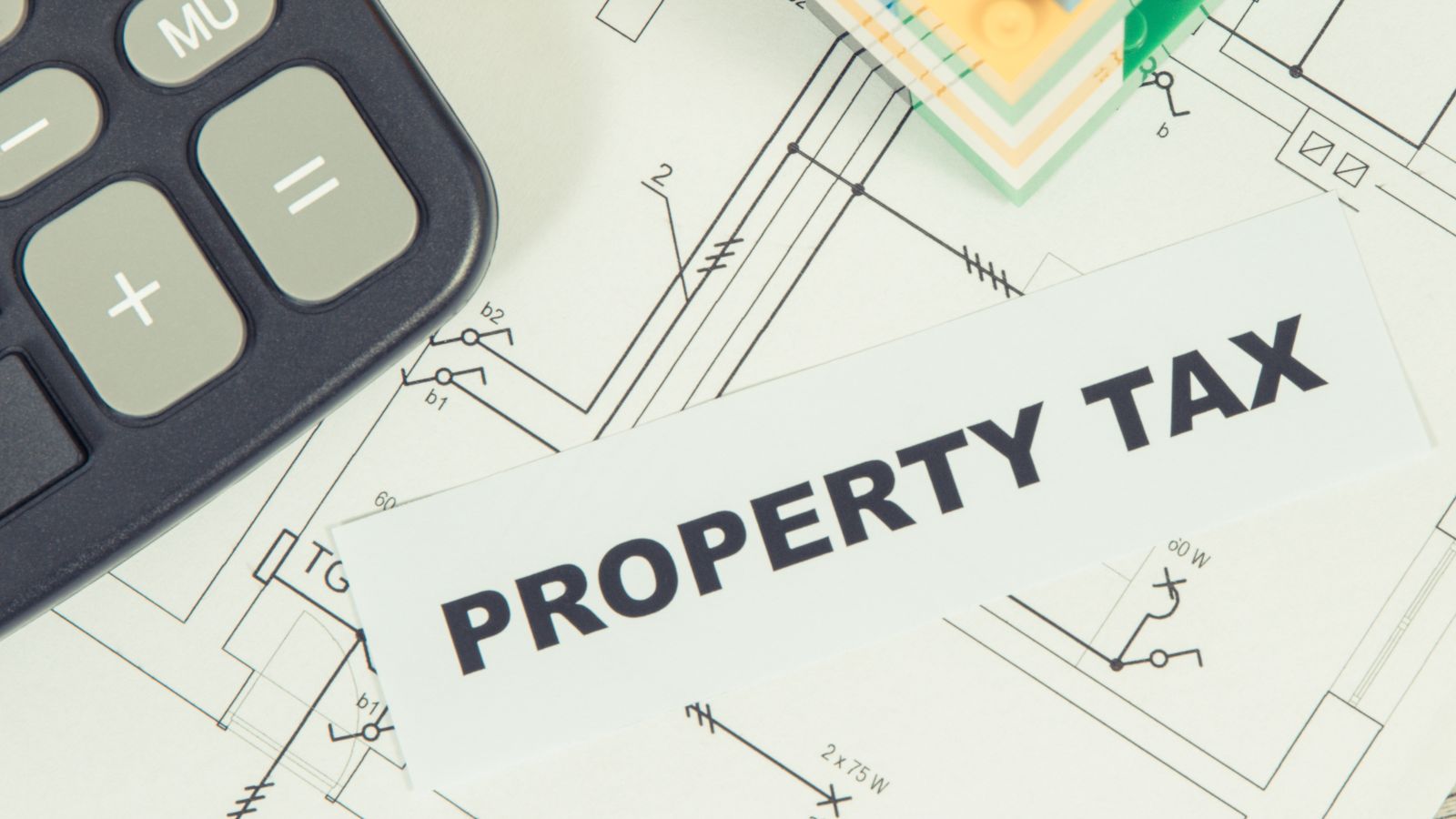
Property taxes vary widely by region and many young buyers underestimate their annual costs. Taxes often increase yearly and buyers need to budget for these future hikes.
Utility Bills

Moving from an apartment to a house can result in much higher utility bills due to increased space, outdoor areas and older, less efficient heating or cooling systems in older homes.
Home Insurance Premiums

Standard home insurance policies may not cover specific risks, such as floods, earthquakes, or other natural disasters. Buying additional coverage or choosing higher-quality policies raises the monthly premium.
Maintenance Costs
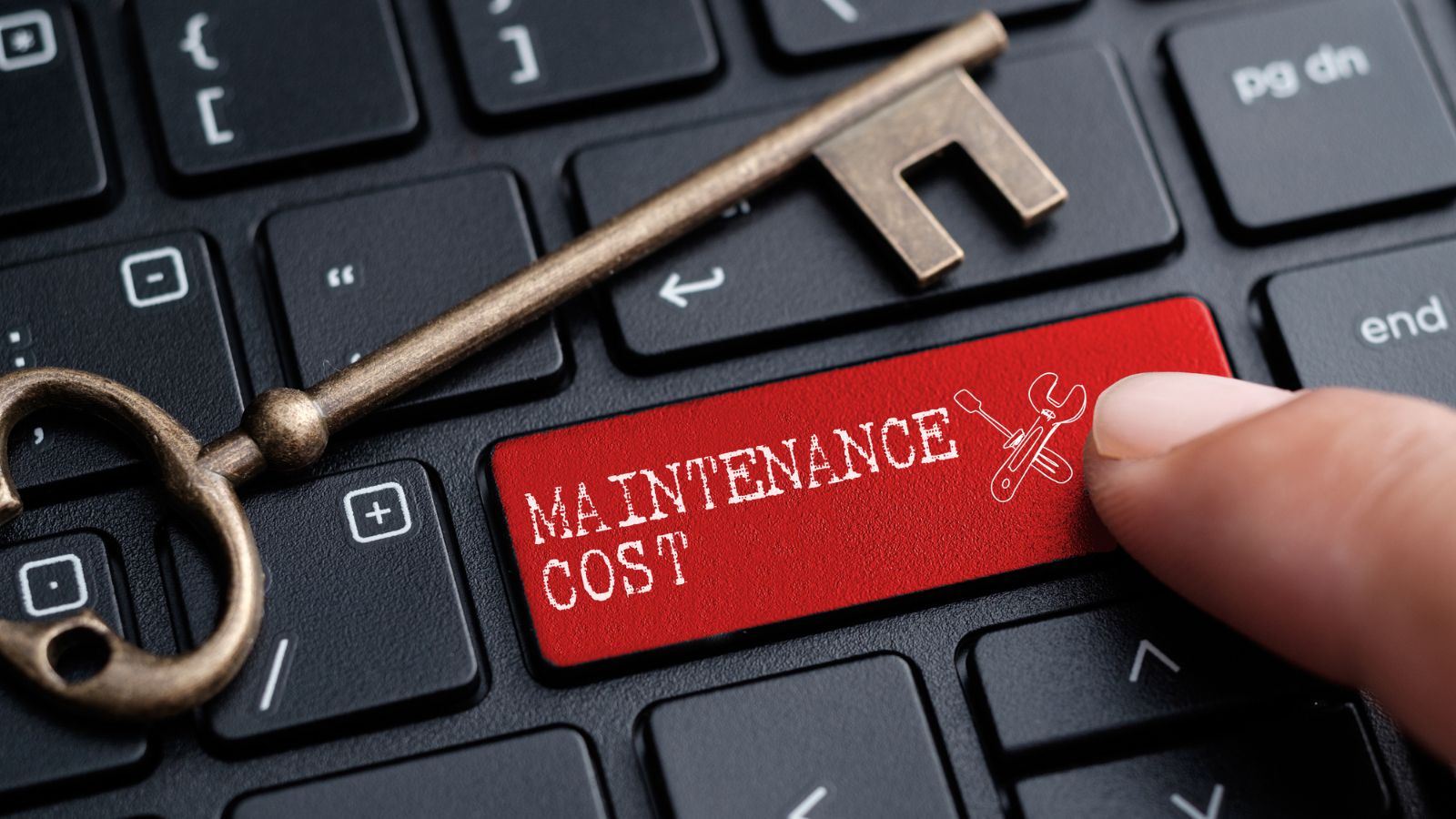
A common rule of thumb suggests homeowners should budget 1-3% of the home’s value each year for maintenance. Whether it’s fixing a leaky roof, repainting, or replacing a water heater, these expenses add up quickly.
Landscaping and Yard Maintenance
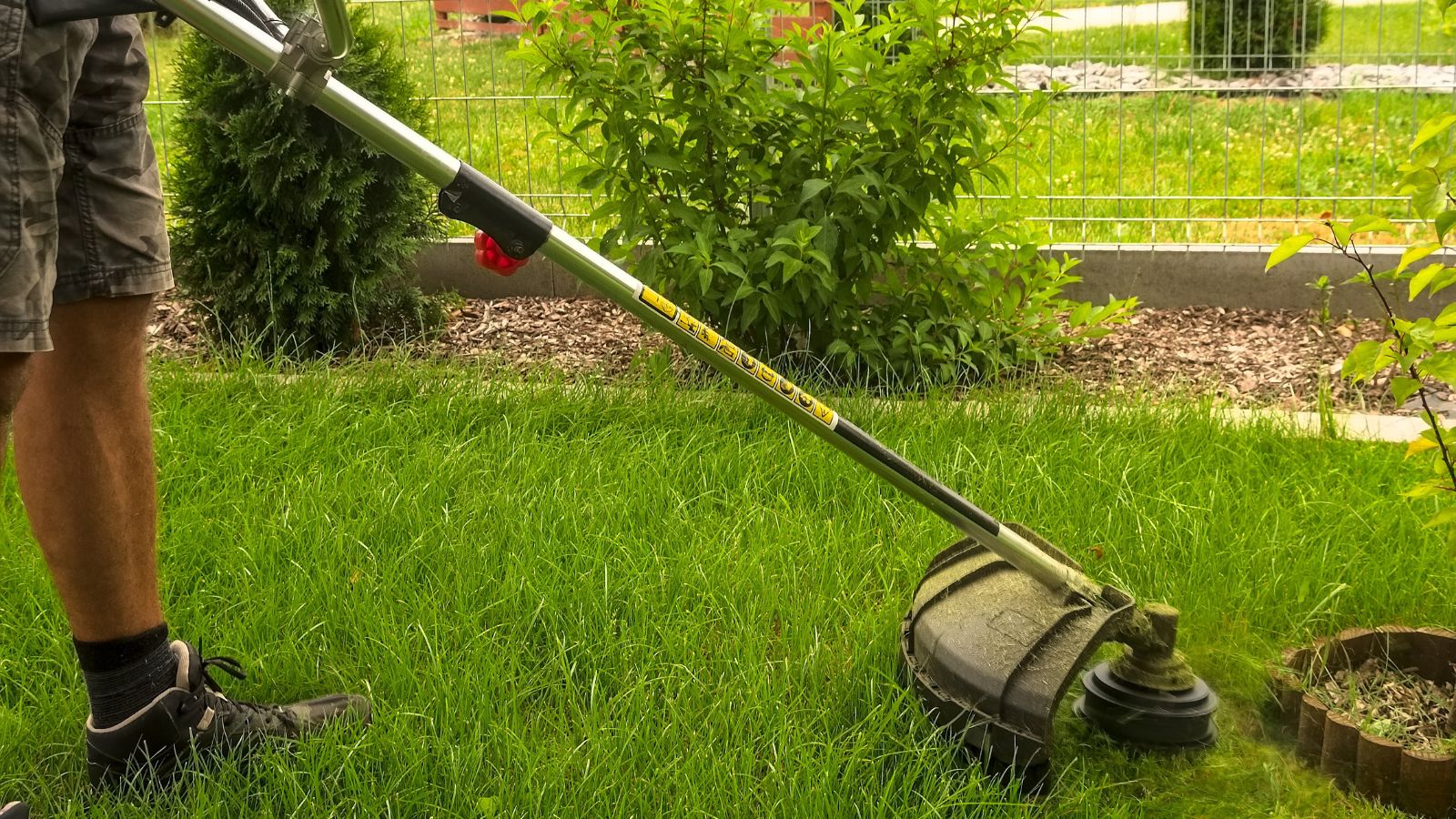
The cost of mowing the lawn, watering plants, or hiring landscapers often goes overlooked. Maintaining outdoor spaces can be time-consuming and expensive, especially for homes with larger yards.
Renovation and Personalization Expenses

Many buyers want to make their new home reflect their taste. However, renovations and upgrades, from painting walls to remodeling kitchens, are often more expensive than anticipated.
Furnishing a Home

Moving into a house often means buying more furniture and appliances, from additional sofas to outdoor furniture, which can quickly turn into a significant expense.
Emergency Repair Costs

Unexpected repairs, such as fixing a burst pipe or a broken HVAC system, are costly and urgent. Having an emergency fund is essential, but many young buyers aren’t fully prepared for these inevitable expenses.
Increased Commuting Costs

Living further from work can save on property costs but can lead to higher transportation costs, from increased gas expenses to wear and tear on vehicles.
Home Security Expenses

Young homeowners may feel the need to invest in a security system, especially if moving to a new or unfamiliar neighborhood. The costs of security systems, cameras and monthly monitoring fees add up quickly.
Legal Fees and Paperwork

Legal fees for closing, title searches and securing deeds are part of the closing process, but additional legal fees may be needed in the future for property line disputes or estate planning.
Pest Control

Dealing with pests like termites or rodents is an unpleasant surprise that can become costly if not addressed early. Annual pest control or exterminator services may be necessary depending on the location.
Higher Grocery and Household Supply Costs

Owning a home often means stocking up on more supplies and groceries for family gatherings, outdoor events, and general upkeep, which often increase in larger spaces compared to apartments.
Rising Mortgage Payments on Adjustable-Rate Loans
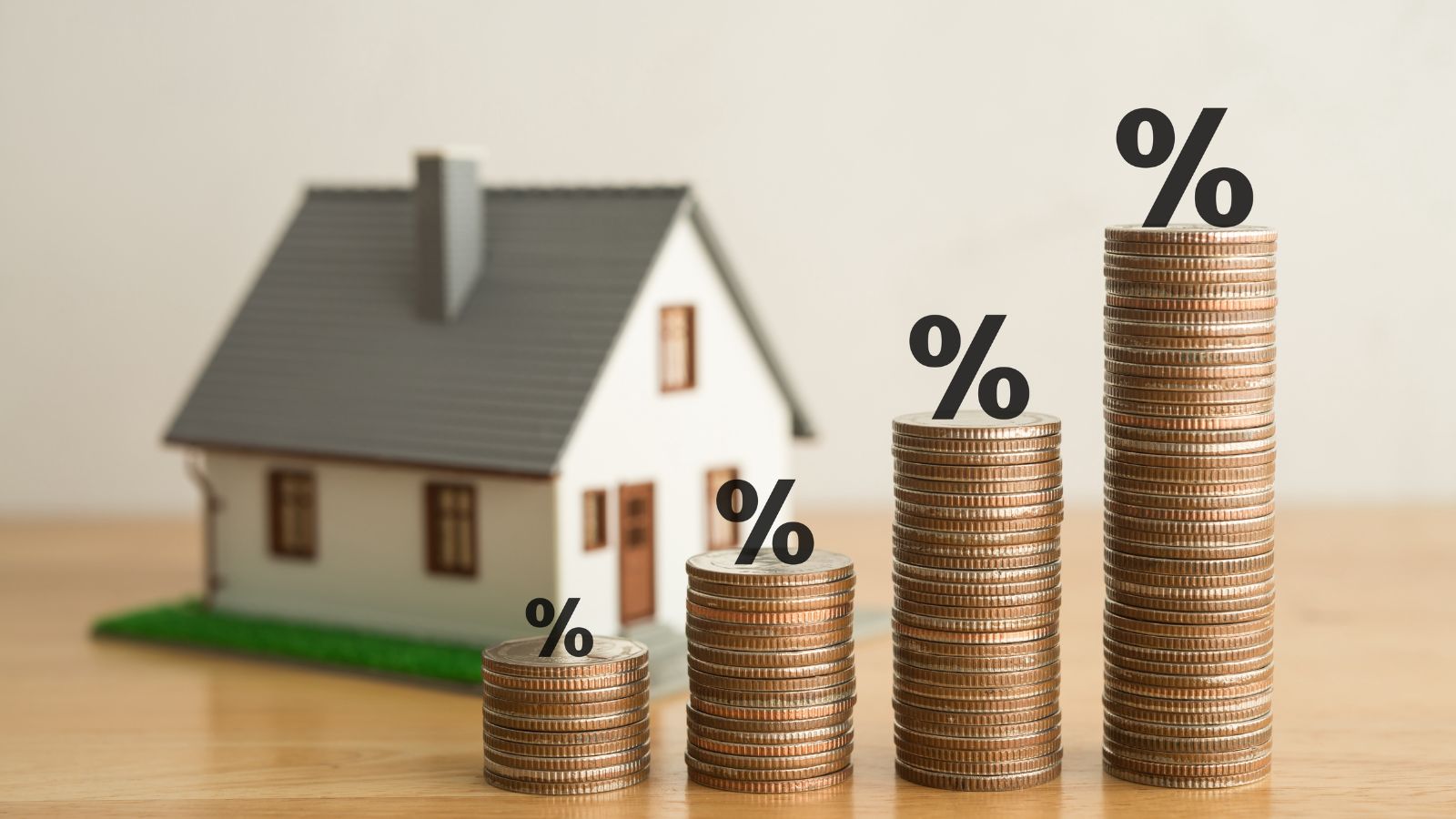
Adjustable-rate mortgages (ARMs) initially offer lower rates but can lead to dramatic increases after a few years, catching homeowners off guard and increasing monthly expenses.
Appliance Replacement Costs

Essential appliances like refrigerators, washing machines and ovens can break down over time and replacing them is costly. New homeowners should budget for these expenses, as many major appliances need replacing within a decade.
Higher Healthcare inSuburban or Rural Areas

Moving out of urban areas often means increased travel costs for health care, which can affect both time and finances. Additionally, home insurance rates may vary significantly based on location and risks.
Resale Expenses and Unexpected Depreciation
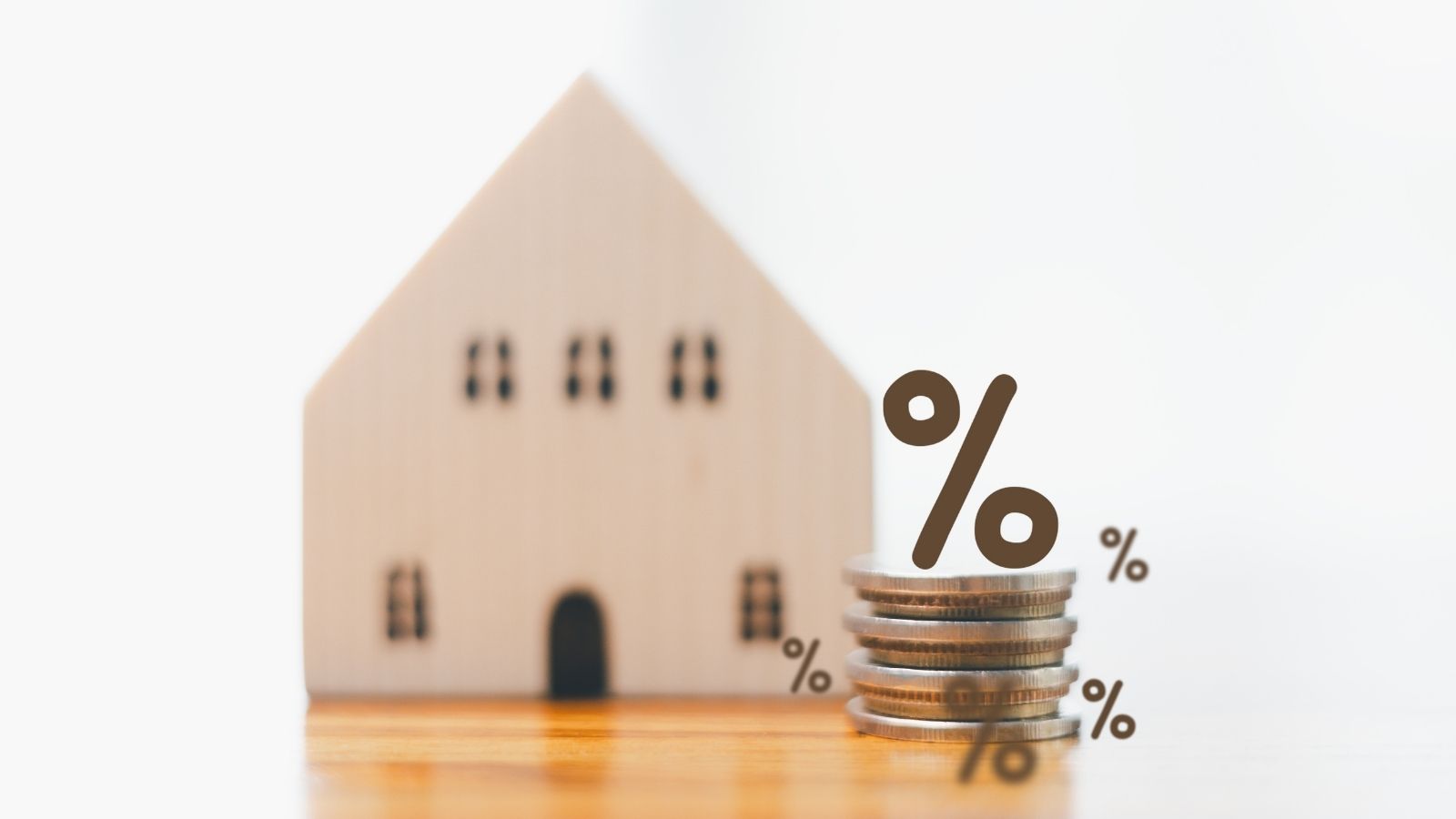
Home values fluctuate and young buyers hoping to sell within a few years may face market shifts that reduce equity or resale potential. Costs for realtor fees, home staging and small repairs can also impact the resale profit.
Quotes are not sourced from all markets and may be delayed up to 20 minutes. Information is provided ‘as is’ and solely for informational purposes, not for trading purposes or advice.Disclaimer
18 Reasons Why People Are Leaving Florida in Masses

Exploring factors that impact the desirability of living in Florida, this list delves into various challenges shaping residents’ experiences. From environmental concerns like rising sea levels to economic factors such as fluctuating job markets, these issues collectively contribute to a nuanced understanding of the state’s appeal.
18 Reasons Why People Are Leaving Florida in Masses
